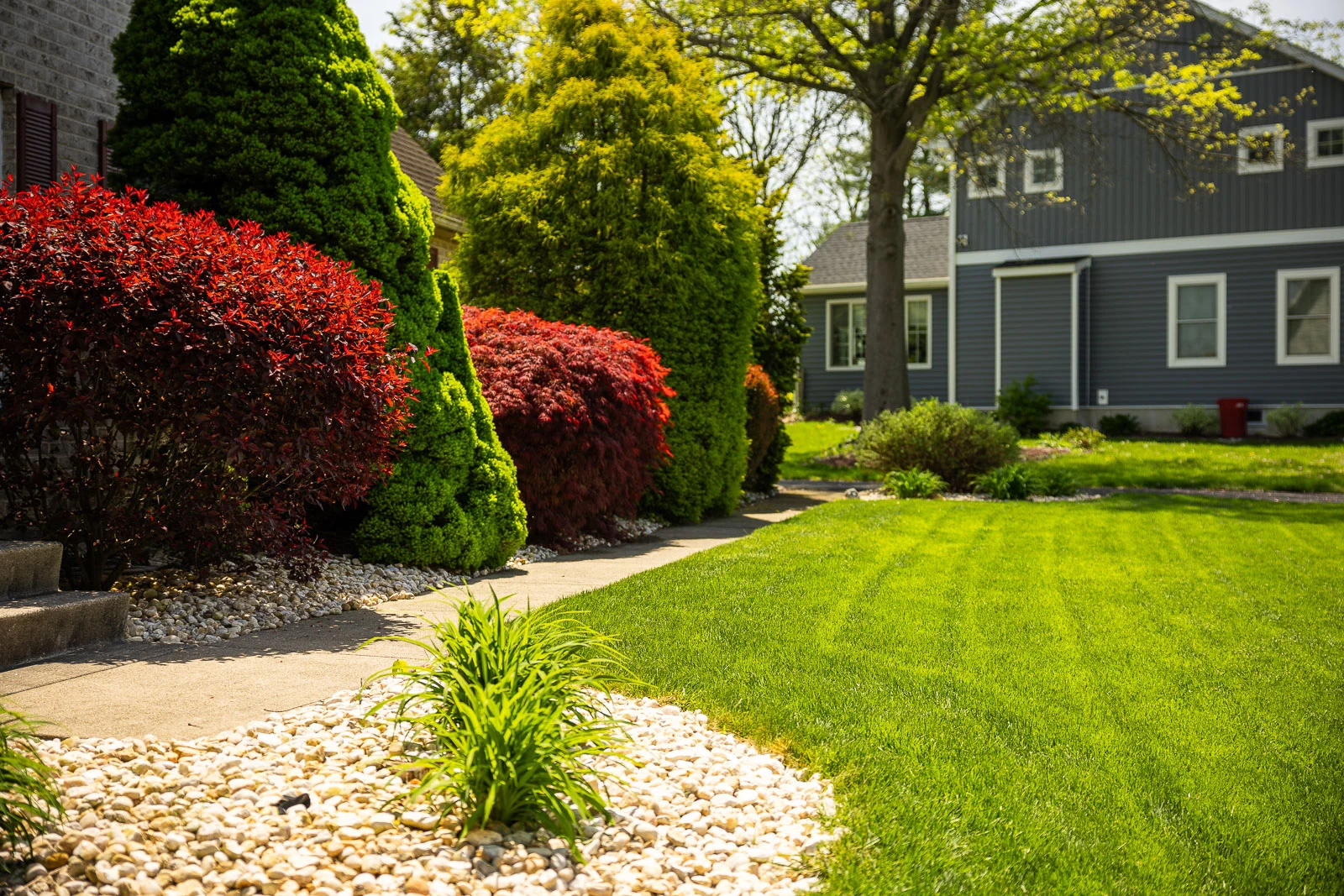Understanding lawn pests is crucial to maintaining a beautiful outdoor space. Lawn pests can wreak havoc on your meticulously cared-for garden, causing aesthetic damage and health concerns for the plants and grasses involved.
These pests can be both insects and mammals, ranging from the minuscule aphid to the larger and more destructive rabbit or deer. Their presence underscores the importance of proactive and informed pest control measures. This section will delve into the life cycle of common lawn pests, how to identify them, and how environmental factors contribute to their populations.
The Life Cycle of Common Lawn Pests
The life cycle of lawn pests is a critical factor in pest management strategies. For example, take the case of common pests such as grubs and chinch bugs. Grubs, the larvae of beetles, thrive beneath the soil surface, feeding on grass roots in their early life stages during late spring and summer. They eventually mature into adult beetles that emerge to lay their eggs for the next generation.
On the other hand, chinch bugs reproduce rapidly under optimal conditions, with just a few weeks required from egg to adult. Understanding these life cycles helps you time your interventions properly. Implementing pest control methods such as insecticides or organic treatments is most effective when targeted at a pest’s vulnerable life stage, thereby increasing the chances of reducing their populations significantly.
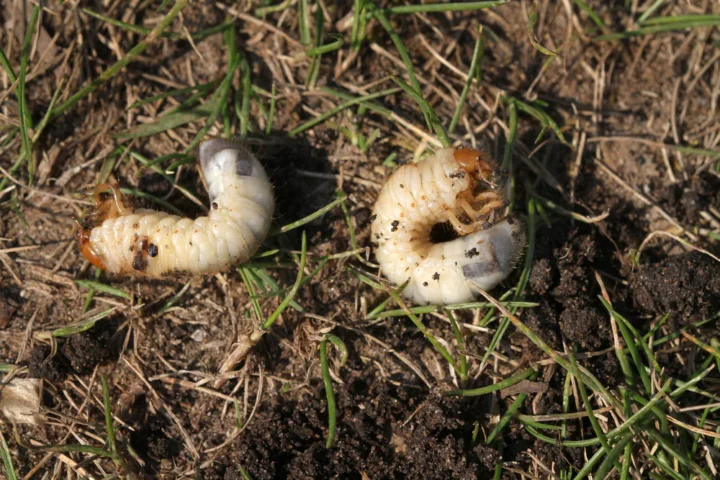
Identifying the Most Common Troublemakers
Identification is pivotal in lawn pest management. Notable culprits include aphids, grubs, white grubs, and many others. For instance, aphids are small, soft-bodied insects that can be identified by their pear-shaped bodies and ability to multiply rapidly, a single aphid can produce many offspring in just weeks.
Conversely, grubs present signs such as brown patches on your lawn, indicating that the grass is dying due to root damage. Each pest has unique signs of infestation and damage that can serve as a cue for property owners to act. Establishing a routine of inspecting lawns for these signs can be an effective way to stay ahead of potential infestations.
The Impact of Environmental Factors on Pest Populations
Environmental factors such as temperature, moisture, and overall lawn health directly affect pest populations. Warmer temperatures can accelerate pest reproduction rates, while excess moisture can increase fungal infections that attract pests.
For example, a lawn that is consistently overwatered creates conditions ideal for pests like fungus gnats. Additionally, maintaining a healthy lawn, fertile soil, proper mowing practices, and appropriate watering is vital in minimizing pest issues. Pests thrive on weakened or stressed plants, making an emphasis on environmental factors a cornerstone strategy for integrated pest management.
From Diagnosis to Treatment ─ Crafting a Customized Pest Control Plan
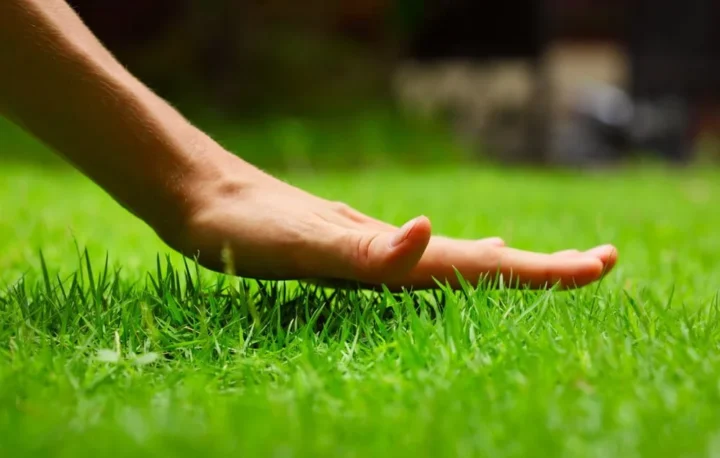
Once you understand the nature of lawn pests and their life cycles, the next step is to formulate a customized pest control plan. This involves diagnosing the symptoms correctly and weighing the various treatment options available. Such a systematic approach not only hits at the root cause of the problem but also empowers property owners to take sustainable actions that align with their unique situation.
Understanding Pest Damage ─ Signs to Look For
Not all lawn damage is caused by pests. Therefore, understanding pest-specific symptoms is crucial. For example, irregular brown patches, wilting grass, and visible insects indicate signs of pest damage. In the daytime, many insects, such as grubs or whiteflies, may hunker down and hide; nighttime inspections might reveal more infestations. The key is to identify the uniqueness of each sign. Pest damage may manifest as stunted growth, holes in leaves, or overall plant distress, emphasizing the need for astute observation by homeowners to prevent harm to their lawns.
Choosing the Right Treatment ─ Organic vs. Chemical Solutions
The selection between organic and chemical solutions hinges on the severity of the pest problem, the type of pests identified, and the homeowner’s values regarding chemical use. Organic options may include insecticidal soaps, diatomaceous earth, or beneficial nematodes, which work to disrupt pest life cycles safely without harming the surrounding ecosystem. Chemical solutions, on the other hand, are often more powerful and have immediate effects. They usually come with guidelines to protect beneficial insects and delicate pollinators. Ultimately, a blend of both approaches often yields the best long-term results, as the goal is not merely to eliminate pests but to foster a healthy balance in the ecosystem.
Creating a Year-Round Pest Management Strategy
A proactive approach through a year-round pest management strategy is essential for effective lawn care. This plan should incorporate seasonal approaches; for instance, early spring might focus on preventing grubs and early-season weeds, while late summer and fall elicit measures against Asian beetles and pests preparing for overwintering. This multifaceted approach enhances the resilience of the lawn and reduces the risk of imminent pest infestations. Monitoring and adapting courses of action based on the observed outcomes will form the cornerstone of an effective pest management plan.
The Role of Integrated Pest Management (IPM) in Sustainable Lawn Care
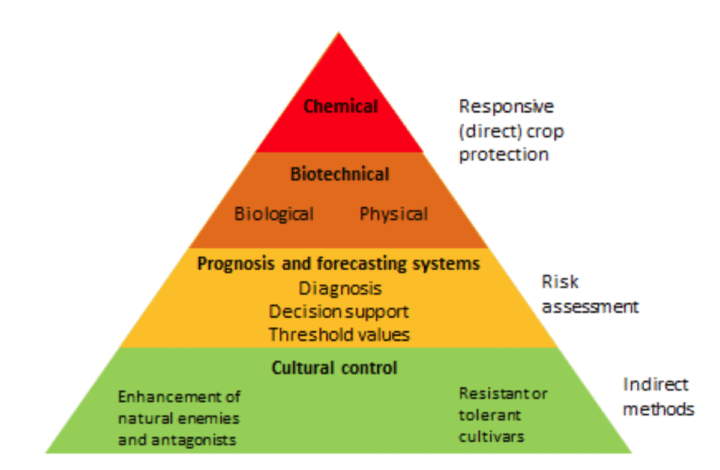
Integrated Pest Management (IPM) is a holistic and strategic approach to pest control focusing on long-term prevention through a combination of techniques. Rather than relying on a single method, IPM combines biological, physical, and chemical tools in a way that minimizes risks to people, property, and the environment.
How IPM Takes the Guesswork Out of Pest Control
IPM techniques significantly reduce the need for fear-based pest control decisions. IPM relies on thorough understanding and monitoring of pest ecology to identify pest populations accurately and determine action thresholds. Using traps and pathogen-resistance data, property owners can make informed choices about potential interventions, minimizing unnecessary pesticide applications while maximizing effectiveness. Moreover, utilizing predictive models enhances forecasting pest outbreaks, allowing for a prescriptive and resilient pest control strategy that responds effectively to lawn conditions.
Encouraging Beneficial Insects to Fight Back
In the realm of pest management, the ecosystem offers natural allies: beneficial insects. Ladybugs, lacewings, and predatory wasps induce natural pest control by preying on harmful insects such as aphids or caterpillars. Planting native species or flowering plants can attract these beneficial insects, establishing a natural balance in your garden ecosystem. Empowering these allies reduces overall reliance on chemical pesticides, paving a sustainable pathway for lawn care. This synergy between plants, soil, and insects can create a flourishing landscape that requires minimal intervention.
Adapting Your Lawn Care to Prevent Future Infestations
Being proactive is crucial when maintaining pests at bay. Practices such as regular aeration can improve soil drainage, mowing grass at the right height enhances resilience against pests, and overseeding certain areas encourages thicker growth that can deter pest establishment. Moreover, informing oneself about seasonal pest behaviors and reinforcing lawn vigor through fertilization and watering schedules can render future infestations significantly less likely. This holistic adaptation strategy ties back to the idea that the best offense against pests is a strong and healthy lawn.
DIY Pest Control vs. Professional Services ─ What You Need to Know
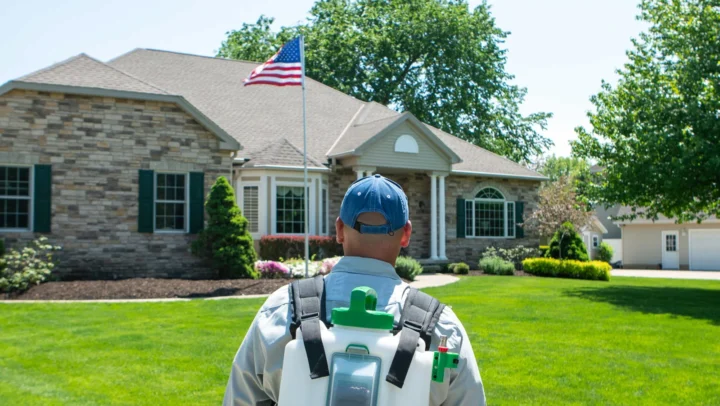
The decision between DIY pest control and hiring professional services can be daunting. Both approaches hold merits, but personal circumstances, knowledge, and the nature of the pest problem can dictate the best course of action. Gaining a comprehensive understanding of these two methods will empower homeowners to decide wisely, ensuring the longevity and beauty of their lawns while also being proactive against pest threats.
Evaluating When to Call in the Experts
Understanding when to engage professional pest control services can be essential for preventing extensive damage. If pest populations escalate despite your best efforts in prevention and treatment, it’s likely time to call in the experts. Special cases that often require professional intervention include widespread infestations or when dealing with pests that physically damage the plants or soil, such as voles and other burrowing rodents.
Professionals are equipped with specific knowledge, advanced techniques, and tools that proactive DIY approaches may lack. Recognizing these situations early can save both time and costs associated with repairs and replacements down the line.
Cost Analysis ─ Home Remedies vs. Professional Treatments
A thorough cost analysis is critical when contemplating DIY approaches versus professional treatments. While DIY methods may entail lower upfront costs, they can also carry an inherent risk of ineffective treatments, leading to wasted resources and potential damage claims.
In contrast, professional services often come with a higher price tag but typically offer packaged warranties and add value through expert knowledge and follow-up care. Weighing these aspects with the scale of the infestation, lawn type, and seasonality should shape your decision on whether to tackle the issue yourself or enlist expert help.
Maintaining a Beautiful Lawn ─ Tips for Long-Term Success

A beautifully maintained lawn extends beyond temporary solutions; it incorporates practices that ensure lasting health and aesthetic appeal. Regularly scheduled lawn maintenance, timely and strategic fertilization, appropriate irrigation practices to prevent drought stress, and choosing pest-resistant plant varieties form a cohesive lawn care philosophy that sustains resilience.
Additionally, educating oneself on local environmental conditions assists homeowners in illuminating potential challenges before they arise, positioning us in a proactive rather than reactive stance. Hence, investing time and resources into understanding and implementing these foundational principles can cultivate not only a beautiful lawn but also a haven that contributes positively to its ecosystem.
In conclusion, effective lawn pest control services are integral to providing a beautiful outdoor space. Armed with knowledge about the science behind lawn pests, and coupled with a customized treatment plan and sustainable practices, homeowners can take concerted steps toward creating an inviting and flourishing landscape. Utilizing integrated pest management principles, recognizing the value of ecosystems, and gauging the importance of professional services can guide effective maintenance measures that every homeowner can appreciate on their journey toward lawn perfection.

